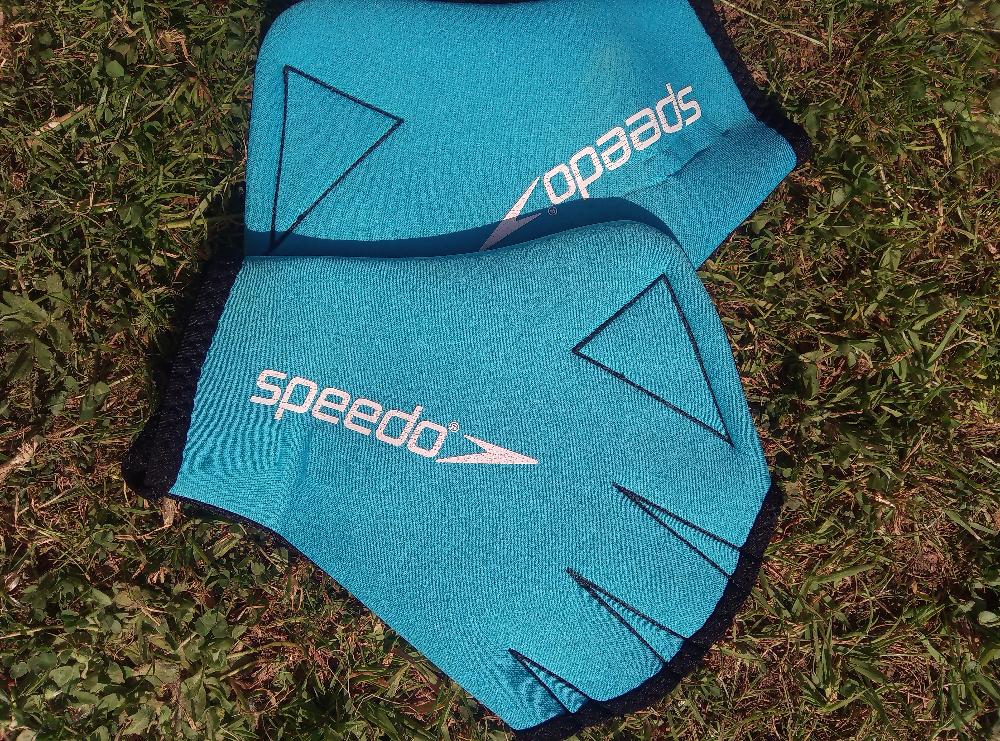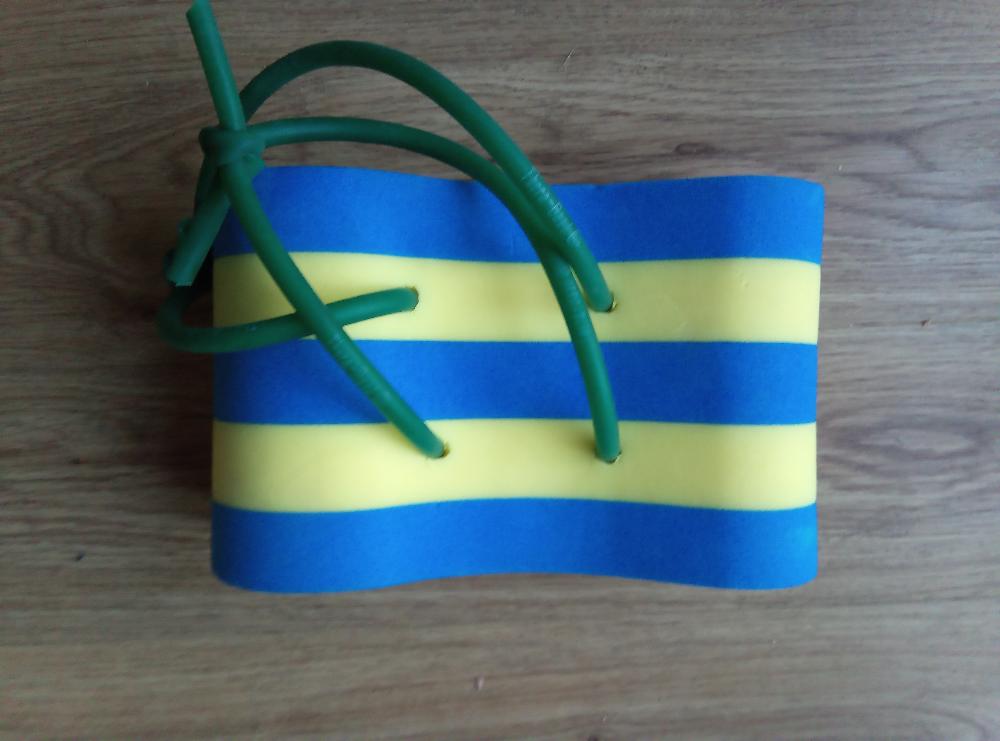If you've watched any videos of the latest, fastest growing endurance sport in Europe - swimrunning - then the chances are you have seen all of the participants with swim buoys and hand paddles.
Hand Paddles
Can come in a variety of designs and materials. The one pictured below are webbed, neoprene gloves which I used because they were flexible and much easier to stash when running, but the down side is they did not provide as much pulling power as the large plastic pool paddles.

Pull Buoy
Another accessory is the pull buoy, supposedly used to counter act the weight of the shoes and/or save energy in your legs.
There is no need to run out and buy one specially for swimrunning. If you want to try using one an old pool pull buoy will work - just drill dome holes in and use rubber tubing for the straps as shown below.

The pull buoys rapidly became more of a hindrance than any real help on the swim and if you choose the right shoes you can kick and get some propulsion. The swim buoy rapidly got on our nerves and were ditched within a few tries.
As for the paddles, I prefer not to use them, it is just one more thing to worry about, plus my swim pull is sufficient to propel me through the water at a decent speed. Paddles are also cumbersome when exiting the water on rocky terrain. John prefers to use them, but recently has been doing training swimruns without.
Fins
Yes, fins. It is perfectly 'legal' in a swimrun to use fins for the swims, as long as they do not exceed 15cm fin length.
Do I Need All this Kit to do Swimrunning?
No!
The key 'fun factor' with swimrunning and indeed the appeal it has to many endurance athletes is that the kit you take is really up to you...
The whole concept is to get from one point to the other, usually long distances, along tough terrain, including land and water by using muscle power. Anything else you want to assist you in this effort, needs to be carried.
In the end, I ditched both the hand paddles and the pull buoy and opted for the minimalist approach.
If you have good shoes, a pull buoy is not needed. If you have an efficient stroke, paddles are not needed. The less you carry, the less things can go wrong.
With this in mind you really do need to train and experiment using all of the kit, to see what works with you and what doesn't.
In short:
- Try out various kit.
- See what works, what doesn't.
- Adjust as needed.
- Less is more!
